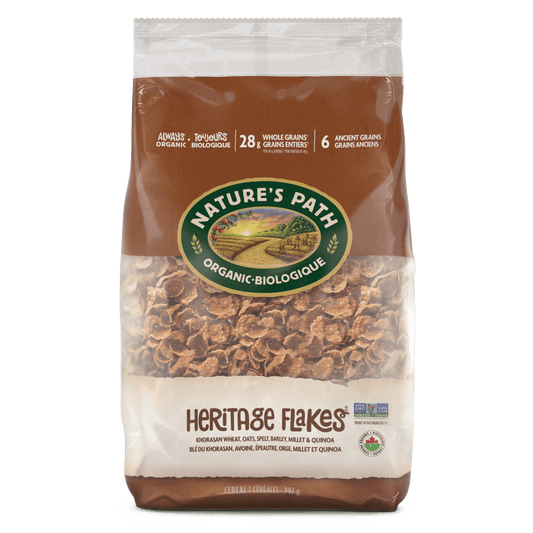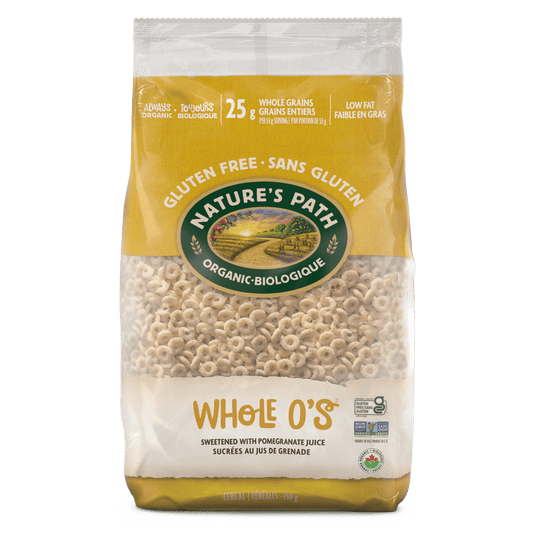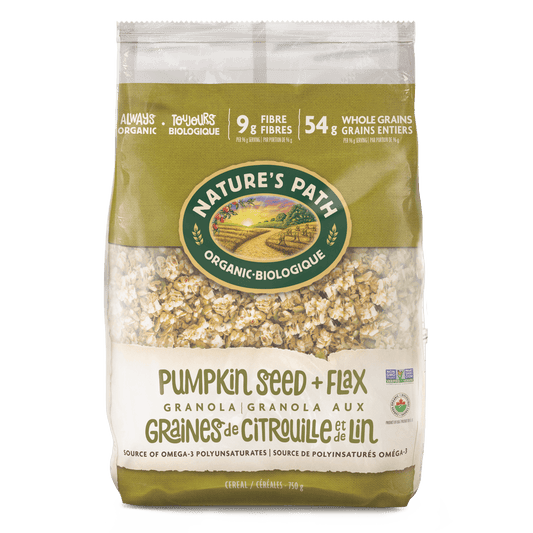1. Make a vegetable broth
Don’t throw away your extra veg, scraps, and vegetable tops just yet. Collect them in a freezer bag every time you prepare food. When the bag is full, you can throw them into a pot to thaw on medium heat, and sauté for five minutes with some oil. Pour enough water to cover vegetables, then add salt, pepper, and your favorite herbs. Bring to a boil, then simmer on low heat for one hour. Strain broth and cool. Now you’re ready to make cozy stews and soups!2. Blend your vegetables into soup
Chop up leftover vegetables, and sauté in oil on medium heat with onions and garlic until soft. Add enough vegetable broth to cover vegetables, bring to a boil, and simmer on low heat for 30 minutes. Blend soup using a blender, until you get your ideal consistency. Season with salt and pepper.3. Freeze vegetables for later
Chop up vegetables you know you can’t get to this week. Blanch them in boiling water for two minutes, dry with a towel, then arrange in a single layer on a baking sheet before putting them in the freezer. When they’re frozen, store them in a freezer bag or container.4. Roast them with EVOO
Roasting brings out the flavour in your vegetables like no other method of cooking. It’s quite easy: cube your vegetables, toss them in a bowl with extra virgin olive oil (EVOO), salt, pepper, and herbs, and arrange them in a single layer on a baking sheet. Place them in an oven pre-heated to 425º for 35 to 40 minutes. Roast until toasted and cooked through, flipping once or twice.5. Blend vegetables into a smoothie
Aside from leafy greens, these veggies are great for popping into your blender for your smoothie, adding texture, flavour, thickness and colour.- Beets
- Bok choy
- Carrots
- Cauliflower
- Cucumber
- Snow Peas
- Squash
- Sweet Potato
- Zucchini








